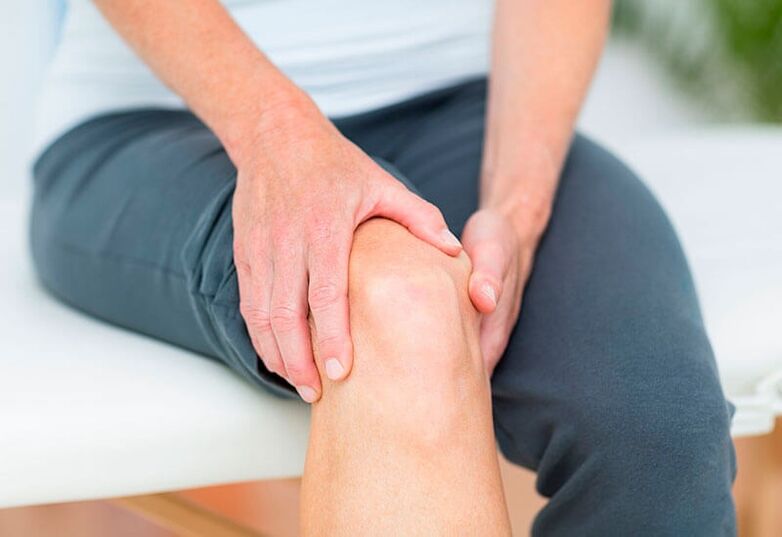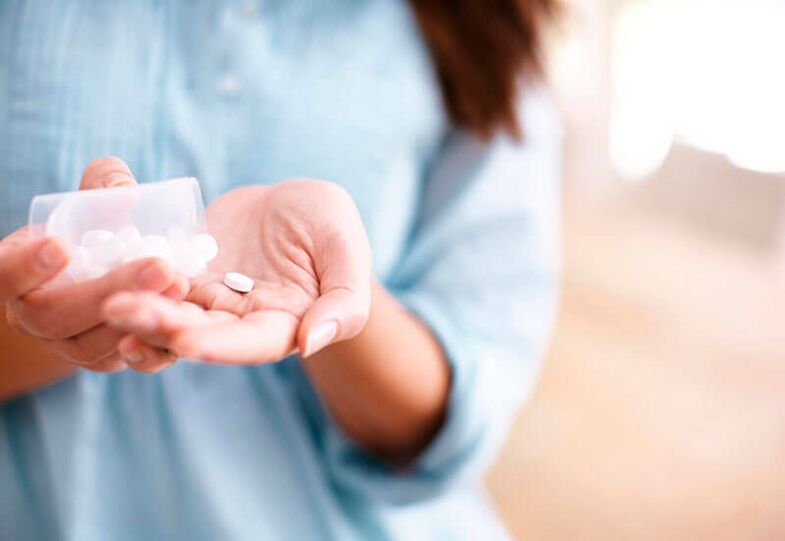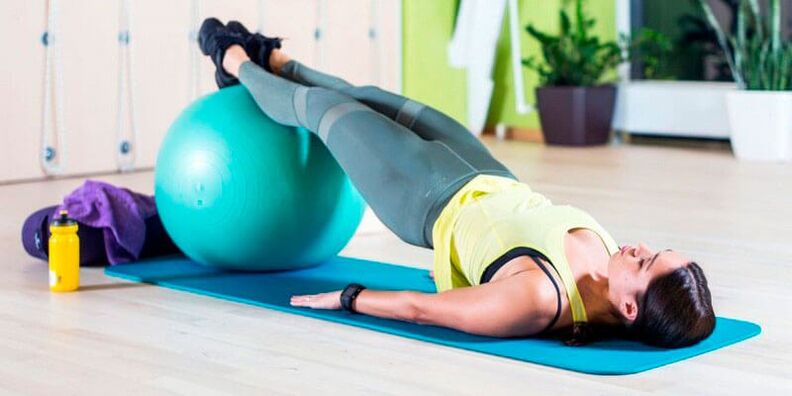Any pain in the human body is a source of problems and suffering. Ordinary daily work is becoming impossible.

Joint pain is a common problem that is referred to specialists. The cause of the onset of pain is investigated by means of diagnostics. Physical activity often becomes a source of unpleasant feelings, especially when the body is overloaded with sports.
Such pains disappear after a while, it is enough for the body to rest. However, not all problems are solved so quickly. There are a number of diseases that are accompanied by long-term pain throughout the body.
Pain in the joints of the whole body - the causes
Rheumatism
This disease can manifest itself in two forms:
- Monoarthritis when only one area is affected.
- Polyarthritis, when affected in many areas.
Symptoms include pain and swelling in the affected area. At some point, the pain does not spread to all joints of the body. Rheumatism gradually spreads to large joints. Especially on the shoulder, elbow, knee, ankle and hip.
Good to know!Hands and feet are generally not affected by rheumatism. Such a disease often appears after a sore throat.
Rheumatoid arthritis
The appearance of joint pain may indicate the onset or progression of rheumatoid arthritis. The risk group includes people over 40 years old. Rarely, such a disease affects children and adolescents, has a slightly different name - young rheumatoid arthritis.
Note!In addition to the pain, a person feels stiffness when moving, and swelling appears, especially in the morning. Pain in all joints is most often seen either at the beginning of the disease or during inflammation.
Osteoarthritis
Osteoarthritis triggers pathological processes in the human body that change cartilage dystrophically. The disease affects the elderly.
Osteoarthritis slowly spreads throughout the body, initially the pain appears in one place and lasts for a few seconds. If you do not start treatment on time, you can start the disease, which is fraught with more complex and long-term treatment.
Overloading of joints
Heavy physical activity can cause excessive joint training. After a few hours, there is an unpleasant sensation in the joints, especially in extremely tense areas. The lower extremities suffer the most, because most of the loads come from this part.
Note!It is advisable to rest your body for a few days to reduce pain. You can use warming ointments to improve the effect. However, if symptoms persist, a doctor should be consulted as more serious damage may occur.
Autoimmune diseases
Such diseases are characterized by a pathological condition in which antibodies destroy connective tissue. Cartilage is often involved in this process because it is also connective tissue.
Such diseases include:
- lupus erythematosus;
- vasculitis;
- ankylosing spondylitis;
- scleroderma.
Note!These diseases affect the joints of many people, in addition, there is a redness on the face, increased bleeding and digestive disorders.
Blood diseases
Blood diseases can cause damage to the bone marrow, which can lead to joint pain.
Common blood diseases include:
- Acute leukemia.
- Multiple myeloma.
- Myeloid leukemia.
Many myeloma affect the ribs, pelvis and spine. In this case, very sharp pains occur. At an advanced stage, it reaches the destruction and fragility of bones. In this case, the bones break very easily. The disease requires serious and long-term treatment in the oncology department.
Note!Acute leukemia also causes discomfort to the body. The lymph nodes and spleen also dilate. The temperature rises and weakness appears.
Other reasons
- Digestive system disorders and hormonal disorders.
- Bone tuberculosis.
- Diabetes.
- Warts and papillomas.
- Tick bites.
How do joint pain signs and symptoms manifest themselves?

Symptoms vary depending on the cause and stage of the disease. One of the important symptoms is loss of joint mobility and swelling in this area.
The pain is often felt in the fall and spring, when the body is particularly weak. During the day, a person cannot worry about anything, but as soon as he takes a lying position, unpleasant feelings appear. This is because the joints become "tired" during the day and worsen blood circulation in the horizontal position.
Good to know!Such symptomatology indicates the need to see a doctor. After the diagnosis, it will be possible to identify the affected areas and correctly prescribe treatment.
Diagnostic methods
The specialist usually prescribes a comprehensive examination of the patient using laboratory and instrumental tools:
- Blood and urine analysis.
- Blood chemistry. To identify infectious antigens, as well as to exclude cancer.
- Bone marrow puncture.
- CT examination.
- Neuromyography.
Note!In addition, you may need to see a rheumatologist, hematologist and neurologist.
Joint pain treatment
Conservative therapy

All treatments are based on drugs. Each of them is prescribed by a doctor based on the diagnosis.
The following medications are used:
- Detoxification.
- Antipyretic.
- With anti-inflammatory and analgesic effect.
- Antibiotics
- Antiviral.
Note!Specific diseases such as blood diseases, cancer problems, vascular pathologies and osteoporosis are treated more seriously.
Physiotherapy
Therapy is used for trauma, tissue inflammation, osteoarthritis and some forms of arthritis. Other diseases prohibit physical therapy because it can be harmful.
Physiotherapy is contraindicated in the following cases:
- tumors;
- blood diseases;
- connective tissue diseases.
Physiotherapy treatment includes:
- UHF warming.
- Mud and paraffin applications.
- Magnetotherapy.
- Shock wave therapy.
- Electrophoresis.
Folk remedies
You should discuss this with your doctor before choosing a folk remedy. Not all diseases can be treated in this way.
The most common folk remedies are:
- Golden mustache tincture.
- Cabbage leaves.
- Oil gel and herbal ointment.
- Coniferous extract.
- A collection of chamomile, hop cones, St. John's wort and calendula.
- Lilac tincture.
Prevention measures

- Monitor your health, strengthen your immunity and avoid infections and colds.
- Live an active lifestyle. However, this does not mean that you need to exercise intensively and thus load your body. Quite a regular moderate workout.
- Pay attention to calcium foods.
- Drink at least two liters of water a day.
Remember:that human health depends first and foremost on itself. A healthy body requires constant work on itself. This work is to follow the basic rules of life. Harmony with your body allows you to always be cheerful, cheerful and cheerful.
































